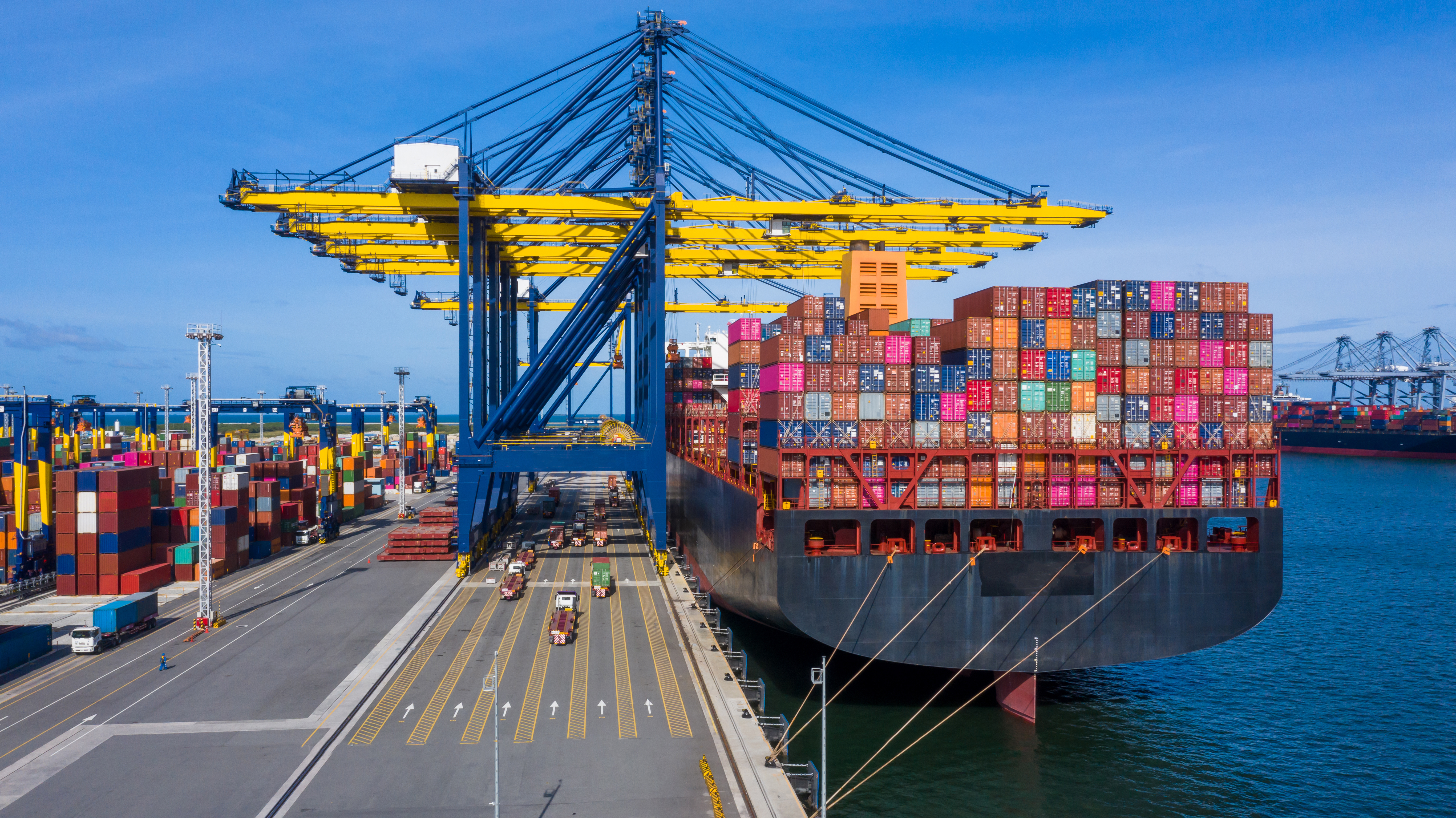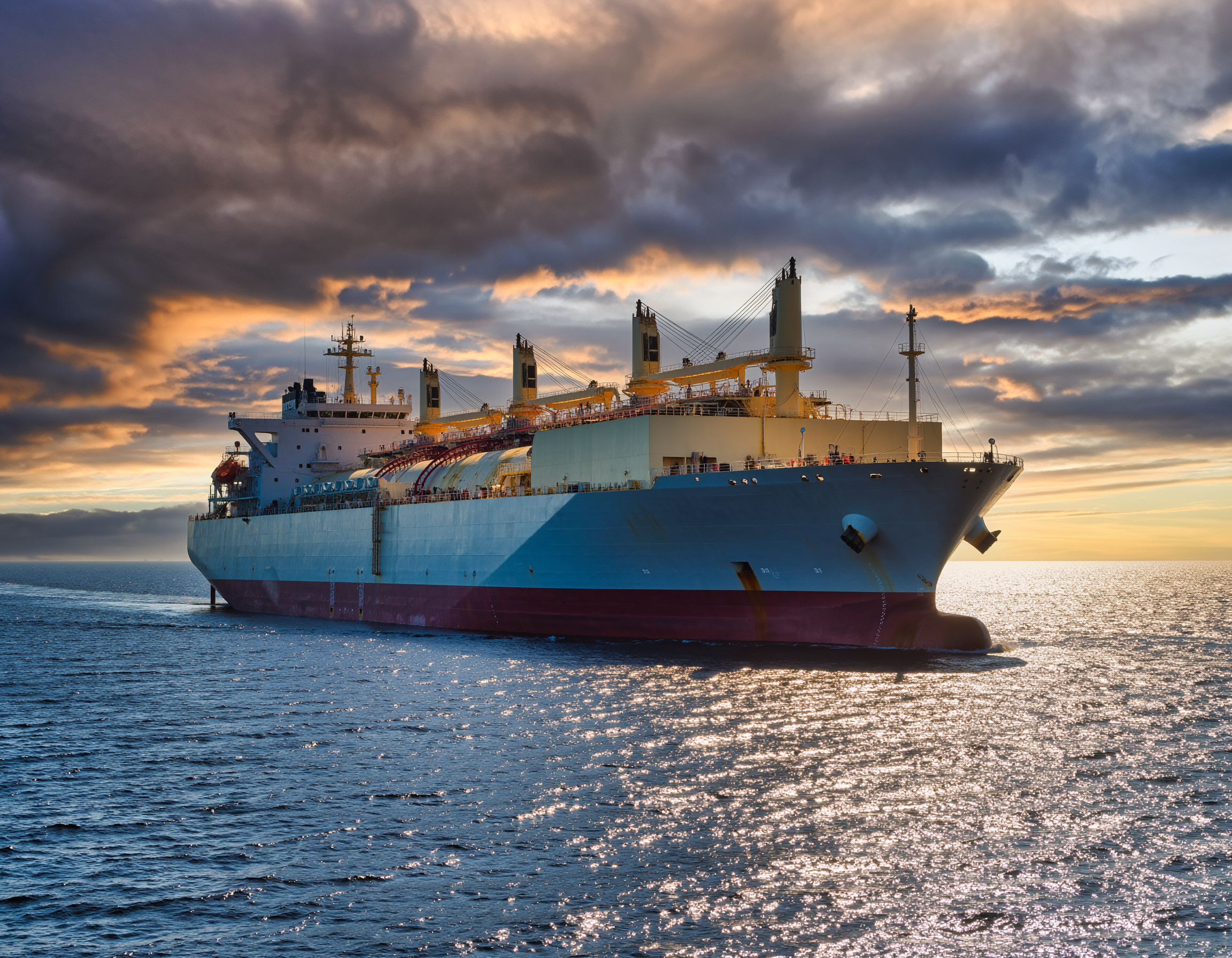Bunker spill from an oil and chemical tanker in ballast – Is the tanker a “ship” as defined in the CLC Convention when in ballast, and not carrying persistent oil?- Is limitation to be determined under CLC 1992 or the Bunker Convention 2001/ LLMC 76/96?
Bow Jubail - The Court of Appeal in The Hague, Judgment dated 27 October 2020
On 23 June, 2018, the oil and chemical tanker m.t.v. Bow Jubail (23,196 GT) ran into a jetty owned by LBC Tank Terminals in Rotterdam. A leak occurred in the area of her starboard bunker tank, resulting in a spill of bunker oil into the harbour. At the time of the incident, the Bow Jubail was in ballast.
The Owner of the Bow Jubail applied before the Rotterdam District Court for leave to limit its liability in accordance with the Limitation of Liability for Maritime Claims,1976, as modified by the 1996 Protocol (“LLMC 76/96”), under Article 1.8 of the Bunkers Convention 2001(“BC 2001”), and requested to establish a limitation fund in the form of a guarantee issued by the vessel’s P&I Club. The BC 2001 however stipulates that it does not apply if the CLC applies.
The Netherlands is Party to the 1992 Civil Liability (“1992 CLC”) and Fund Conventions and the Supplementary Fund Protocol. Article I(1) of the 1992 CLC defines ‘ship’ as: ‘any sea-going vessel and seaborne craft of any type whatsoever constructed or adapted for the carriage of oil in bulk as cargo, provided that a ship capable of carrying oil and other cargoes shall be regarded as a ship only when it is actually carrying oil in bulk as cargo and during any voyage following such carriage unless it is proved that it has no residues of such carriage of oil in bulk aboard’.
The question the Court had to decide therefore was whether there were any residues of previous cargoes on board at the time of the incident. The burden of proof was on the Owner. If the Owner could not prove that the Bow Jubail had no residues of oil in bulk on board, 1992 CLC would apply. Since the total pollution damage is likely to exceed the 1992 CLC limit, the 1992 Fund Convention and the Supplementary Fund Protocol could also apply.
If the 1992 CLC was to apply, the limitation would be SDR 15,991,676. As the Owner is a party to the Small Tanker Oil Pollution Indemnification Agreement (STOPIA) 2006 (as amended 2017), the Owner would indemnify the 1992 Fund, on a voluntary basis, up to SDR 20 million. If the BC 2001 was to apply, the limitation amount under the LLMC 76/96 would be SDR 14,312,384.
The Owner submitted a technical report concluding that no oil cargoes and/or their residues, persistent or non-persistent, remained on board the vessel prior to and at the time of the incident. At the hearing, the Owner argued that although it may be assumed that on the voyage prior to the incident, from Houston to Rotterdam via Antwerp, the vessel carried ‘oil’ as referred to in the 1992 CLC, the tanks were clean of oil cargo residues at the time of the incident and therefore, the BC 2001 applied to the incident. The Owner also argued that all tanks in which oil had been carried, had been subject to a MARPOL prewash and an additional ‘commercial wash’.
In November, 2018, the Rotterdam District Court decided that the BC 2001 did not apply since the Owner had not sufficiently proved that the Bow Jubail did not contain residues of persistent oil at the time of the incident and the Bow Jubail, therefore, qualified as a ship as defined under the 1992 CLC.
The Owner appealed to the Court of Appeal in the Hague.
Judgment
On 27 October, 2020, the Court of Appeal in The Hague (“CA”) rendered its judgment confirming the decision of the Rotterdam District Court.
On the question of residues, the CA considered that what is to be understood by the concept of residues (of the previous bulk transport of persistent oil) as per Article I(1) of the 1992 CLC is not a technical question but a question of interpretation. The 1992 CLC does not define the concept of residues.
but it can be assumed that it refers to what remains after the discharge of a cargo of persistent oil carried in bulk. This may include solidified residues which cannot be pumped, or cargo which is caked/stuck to the walls of the tank in which it has been carried. It may also refer to dirty washing water/cleaning agents in which residual oil residues have been mixed, for which the term ‘slops’ is often used. Slops consist of the mixture of water and cargo residues that is collected during and after the washing of the tanks.
On the question of evidence, the CA noted that there is no internationally accepted standard procedure for determining when a ship that can serve both as an oil tanker under the 1992 CLC and as a non-CLC tanker under the BC 2001, ceases to be a 1992 CLC ship. However, the Court considered that it was not sufficient that the shipowner declares that the ship is ‘clean’. Preferably, this should (i) be declared/confirmed by an independent surveyor, or (ii) be established on the basis of a joint inspection by experts appointed by all interested parties who had the opportunity to board the ship as soon as possible after the incident, in order to determine whether cargo residues were present or not. Such evidence was lacking in this case.
The Owner will now appeal against the judgment to the Supreme Court of the Netherlands.
Comments
This case is interesting as it demonstrates that in a bunker oil spill, whether the 1992 CLC or the BC 2001 applies - thus determining the applicable limitation for claims - lies not in the nature of the pollutant, i.e. bunker oil, but rather on whether the vessel from which the polluting bunker oil escaped is a ship as defined in the 1992 CLC. In the context of the request for limitation under the BC 2001 in this case, the burden of proving a lack of residues of previous cargoes of persistent oil lies with the Owner who failed to satisfy the burden.
In its judgment, the CA, noting that there is no generally accepted standard procedure to determine when a ship, which can serve both as an oil tanker under the 1992 CLC and as a chemical tanker under the BC 2001, ceases to be a ship under the 1992 CLC, suggested that consideration be given to the creation of such an acceptable standard.
The Club will report on the outcome of the decision of the Supreme Court in due course.
Source: iopcfunds.org



![The Solomon Trader [2025] EWCA Civ 1387: The ‘pay to be paid’ rule affirmed in the Court of Appeal](/fileadmin/uploads/ukpandi/News_Images/AdobeStock_104743067.jpeg)
